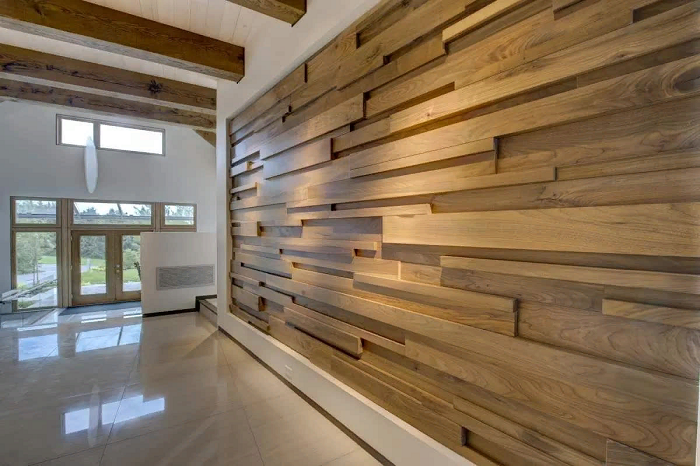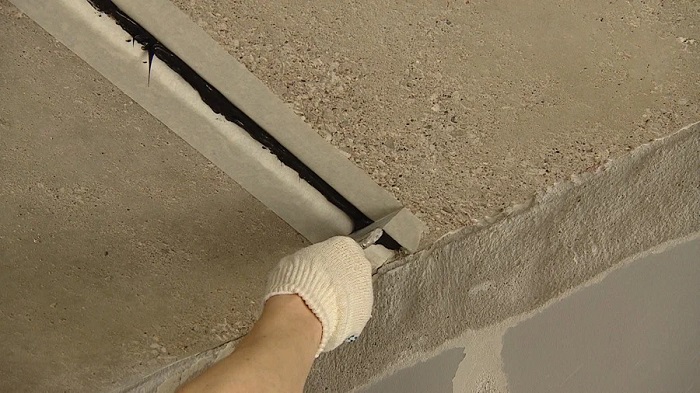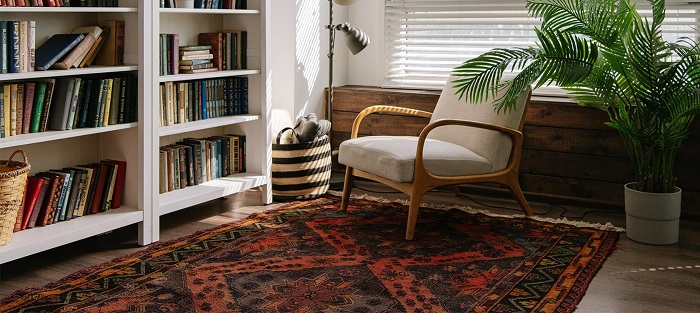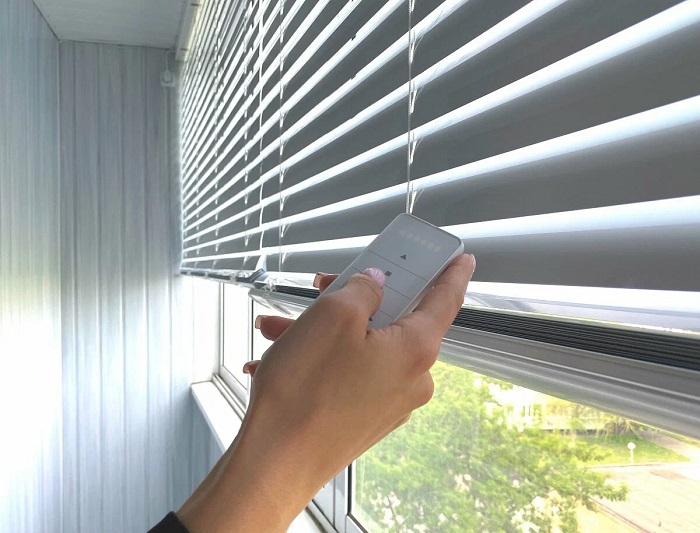At the moment, industrial production offers a large selection of means for protecting and decorating wood. Each of these means has properties that make wood suitable not only for use in different conditions, but also give it an aesthetic look that any interior decorates. All products produced that are used to finish surface from wood can be divided into such types.
Oil paints have been used for more than one decade and traditionally glossy and satinized, that is, semi -dummy, which are produced in liquid and thixotropic form. If the treated surfaces with such paint are in the room, then they are able to last for many years and require only wet cleaning from dirt. However, the application of additional one or two intermediate layers is important for such colors, especially with external processing, where the durability of the coating decreases under the influence of an aggressive environment. Such external coatings need to refresh every 5-6 years.
Acrylic -based paints have a certain advantage over oil paints, as they have a water base. Such paints are good in that they are not hot, they are virtually no smell and are environmentally friendly. Due to the fact that acrylic paints have a short period of drying out the time of finishing work, but this means that when conducting finishing work in the Sun, you have to accelerate the work so as not to leave traces of the brush on the rapidly drying layer of paint. If acrylic paints are applied to well -prepared wood, they form a strong and at the same time elastic coating, which can well resist exfoliation and cracking. However, it is undesirable to work with such colors in raw rooms and on wet coatings, as this worsens their drying and painting.
Stains are able to penetrate deep into the structure of wood, unlike paints, which after the first primer layer remain on the surface. The main positive qualities of such impregnations are that they emphasize the natural color and structure of wood or are able to align the differing shades of wood used in one product. Stains are produced both on oil or water -based, and in powder form that must be dissolved in methyl alcohol. Such finishing material practically does not protect the wood, so there is a need to use a polyterum or varnish.
Antiseptics is a tool that can deeply penetrate the material and prevent its rot and damage to insects. Such means are transparent and various colors of natural wood, have a sharp and unpleasant odor.
Lucky is a transparent protective tool for wood, which contains polyurethane resins, which allows you to create a waterproof, heat -resistant and mechanical effect on the surface of a semi -duma or matte texture on the surface. Varnishes for use on the street are more atmospheric, and some are able to withstand the pollution of the urban environment and a wet climate. Some varnishes are designed to apply a transparent coating or coating with different shades, both the natural color of wood and more saturated colors. Unlike paints and stains for wood, colored varnish is not absorbed into a tree – therefore, in places of strong wear or friction, the color of the coating can change if you do not put an additional layer of transparent varnish. Quick -drying acrylic varnishes have milk color, but in the process of drying it becomes transparent.
Cold hardening varnish is mixed immediately before applying a plastic coating with hardener to wood. This connection has a glossy surface and is very durable and resistant to high temperatures and alcohol. The color scheme of such varnishes is limited by black, white and transparent views.
Olifa is a finishing oil that penetrates deep into wood, leaving a soft shine on the surface. Traditional olifs, as a rule, dry for a long time, however, modern species can dry for one hour and provide a more durable and durable coating, both in internal and external works. Thickened Olifa is applied both wax polishing mastic and is used both on top of varnish and natural wood.
Wax polishing mastics can be used as a means for protecting a tree and as a basis for subsequent coating, as well as as an independent decoration. Good wax mastic is a mixture of bee and solid polymer wax, some of the compounds add silicone. And although the finish is very beautiful, it is fragile and should only be used in the interior.














Leave a Reply